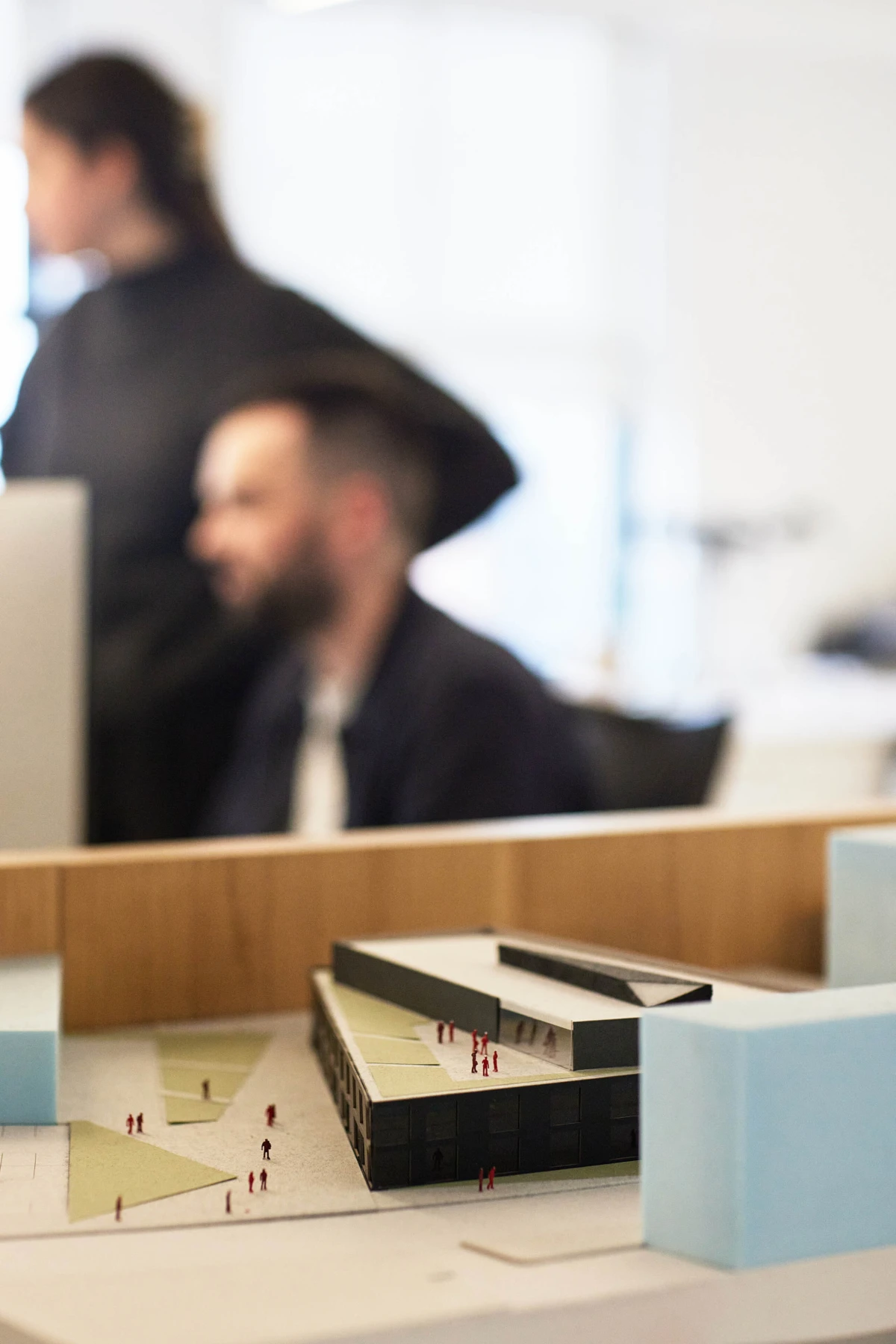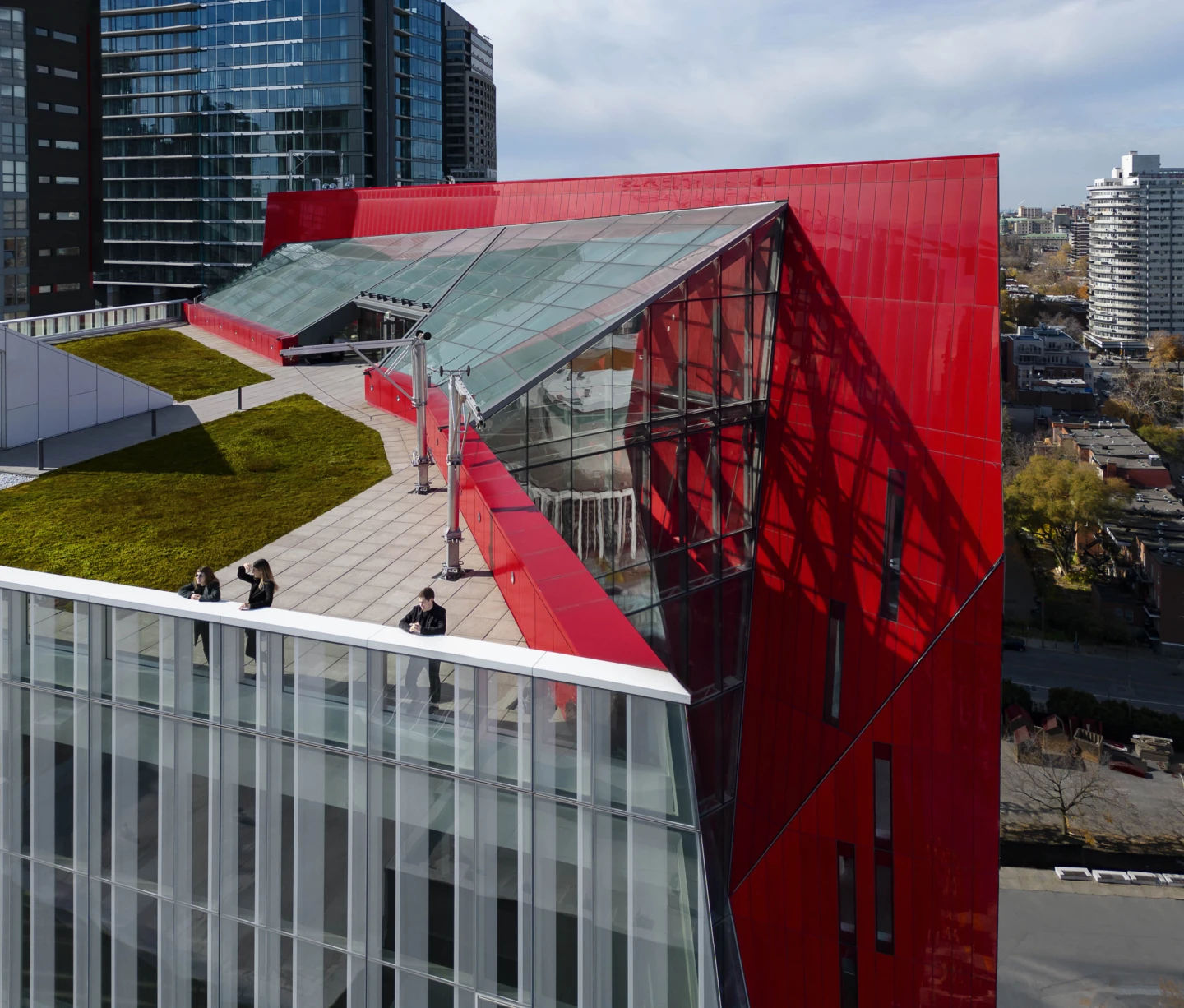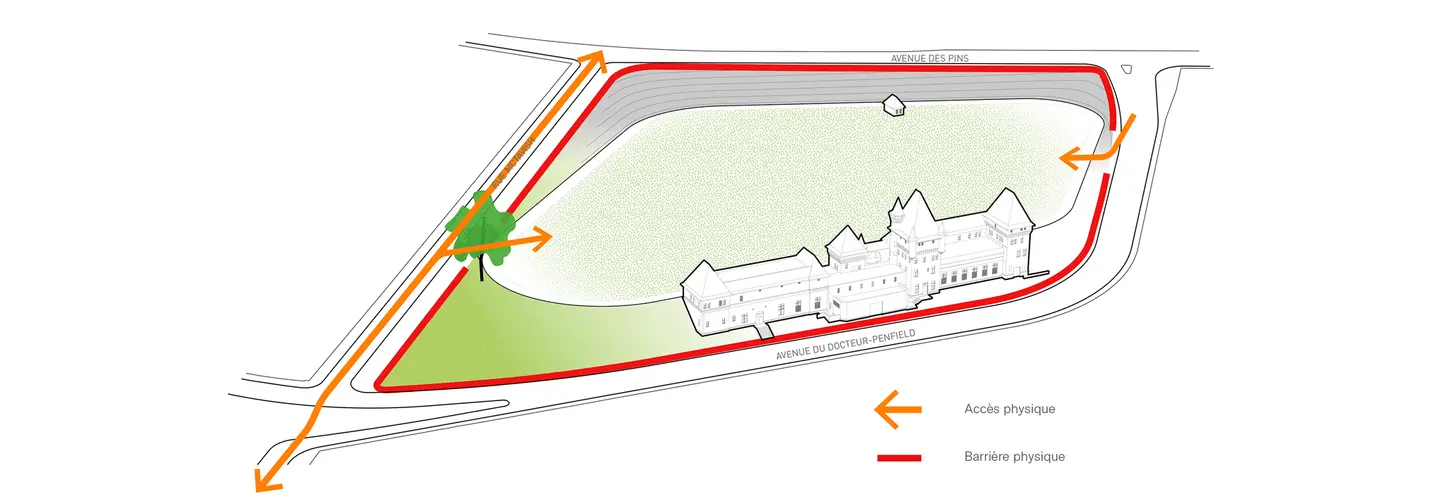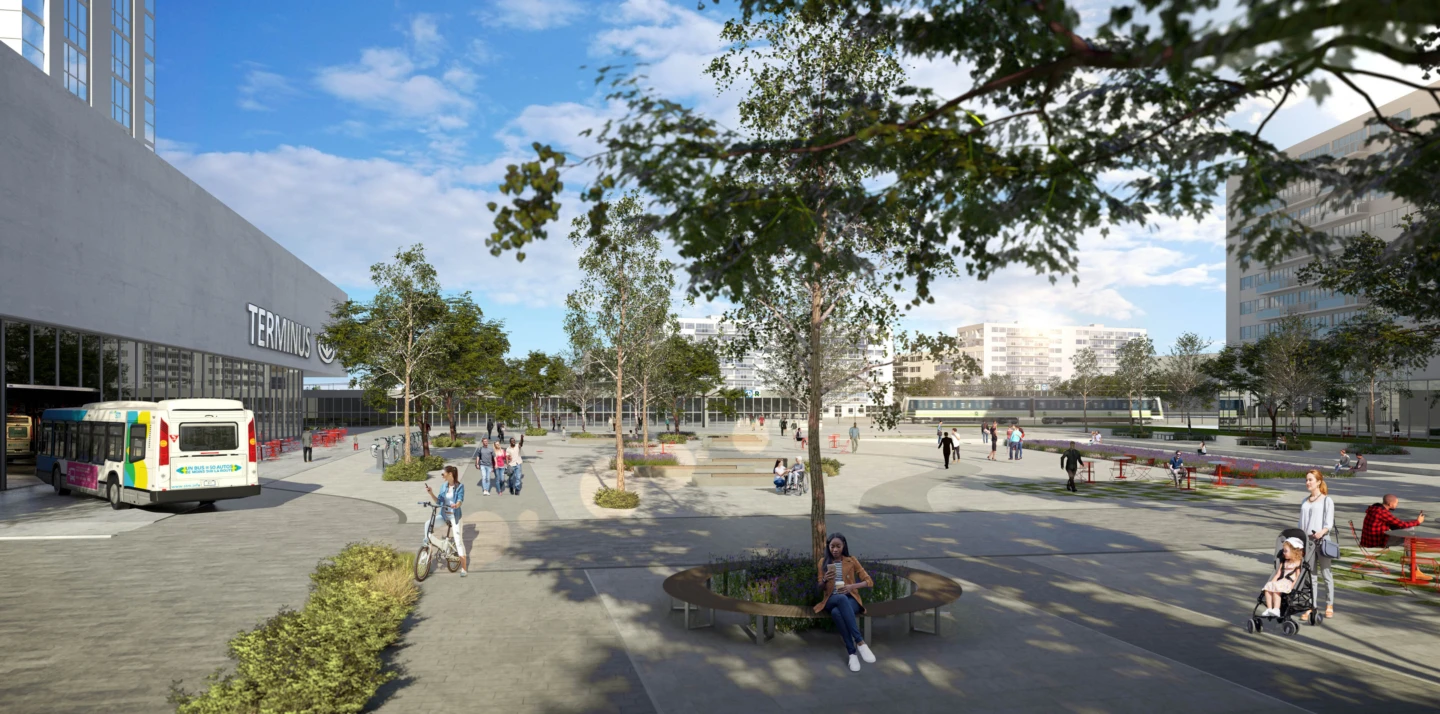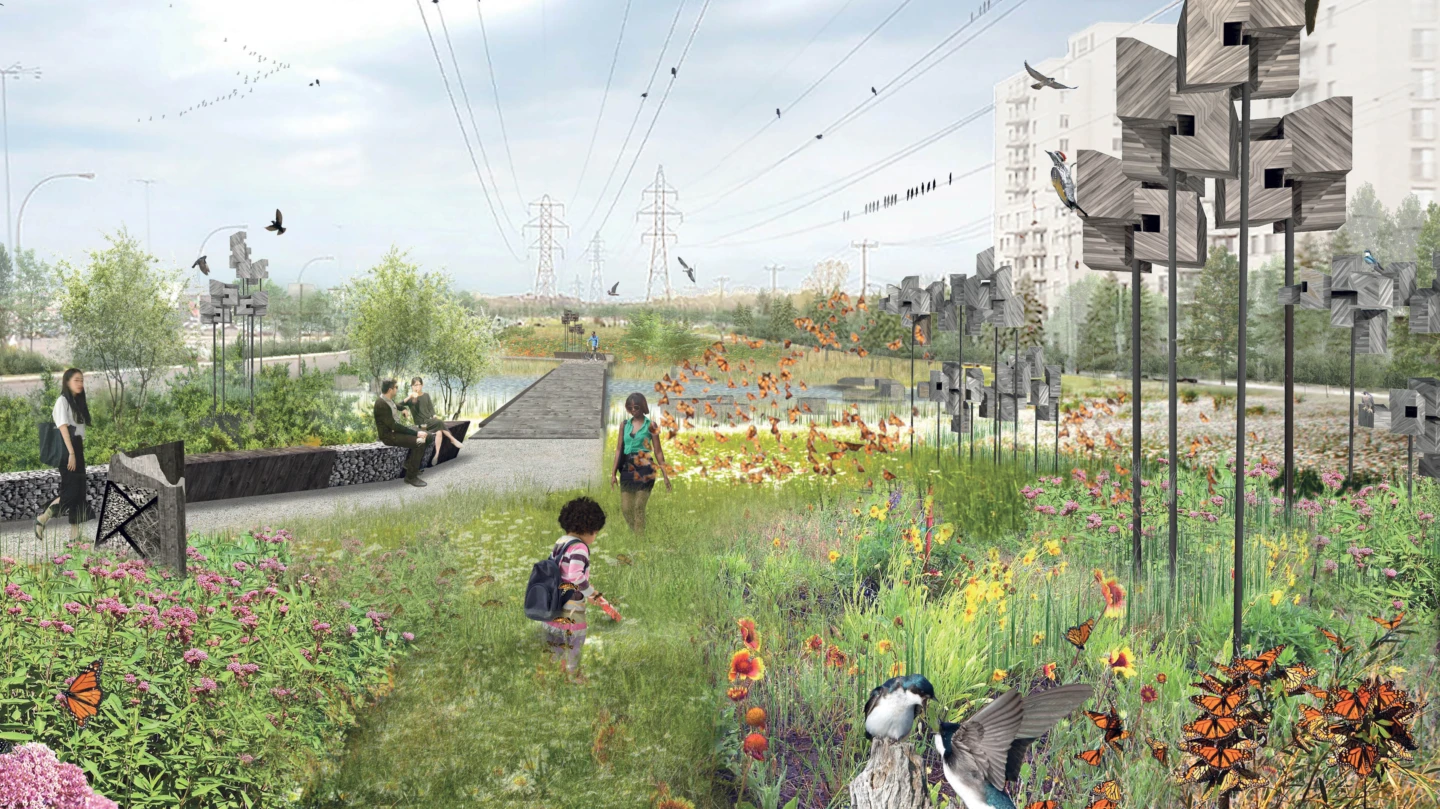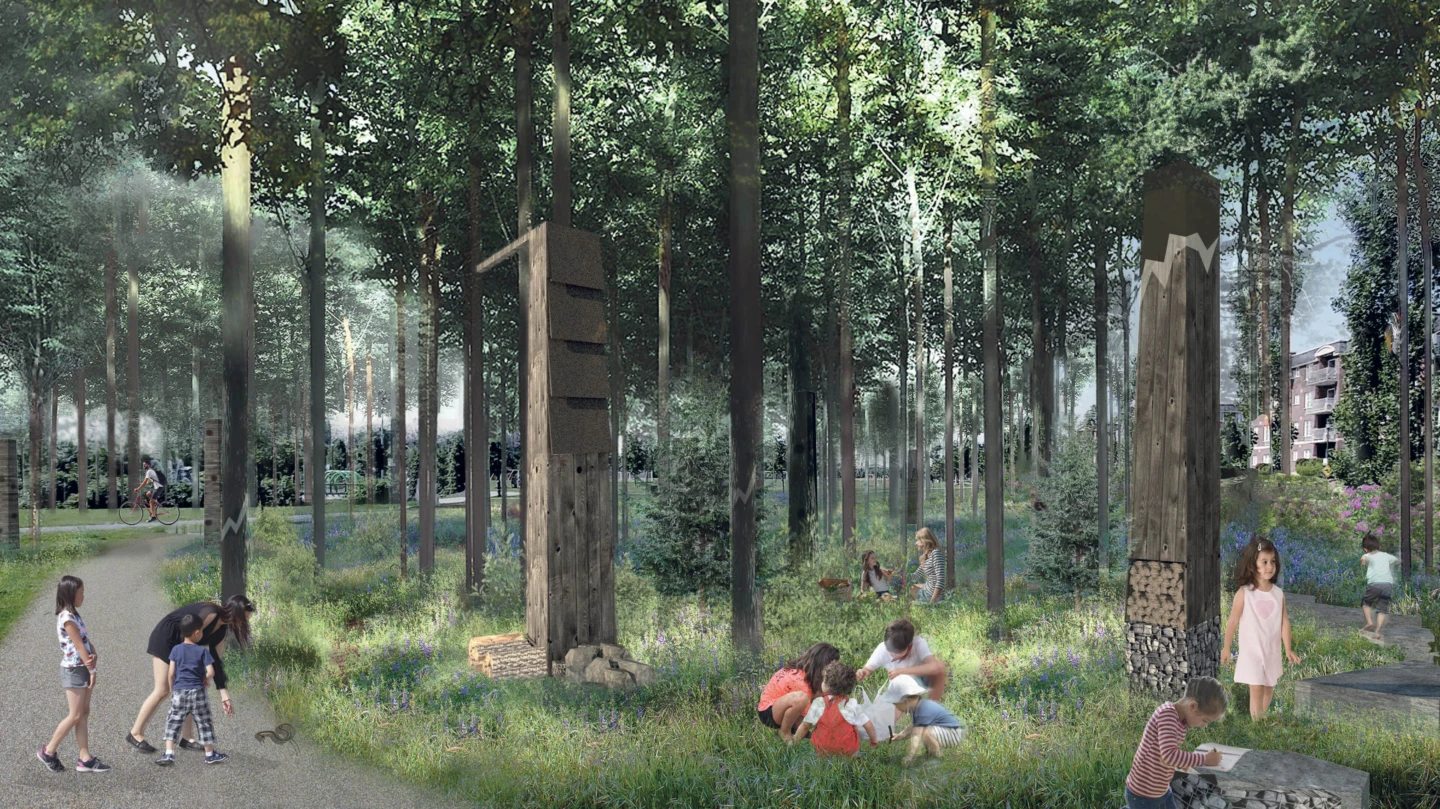- Country Canada
- City Montréal
- Customer Ville de Montréal
- Surface area Site: 45,000 m² / Building: 3,770 m²
- Year 2020
As one of the oldest potable water retention and distribution facilities in North America, this pumping station stands as a testament to a unique industrial heritage that contributed to the development of downtown Montréal.
Located in the Ville-Marie borough, the pumping station and the McTavish reservoir form a major complex and a strategic component of Montreal’s aqueduct network, supplying water to over 1.5 million people. The station’s upgrade project aims to modernize existing equipment to meet the strictest sanitary standards and will allow for maintenance operations without service interruptions.
